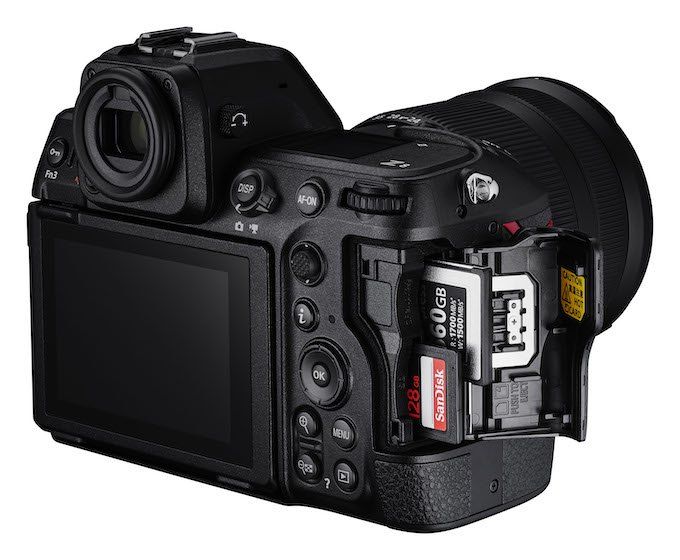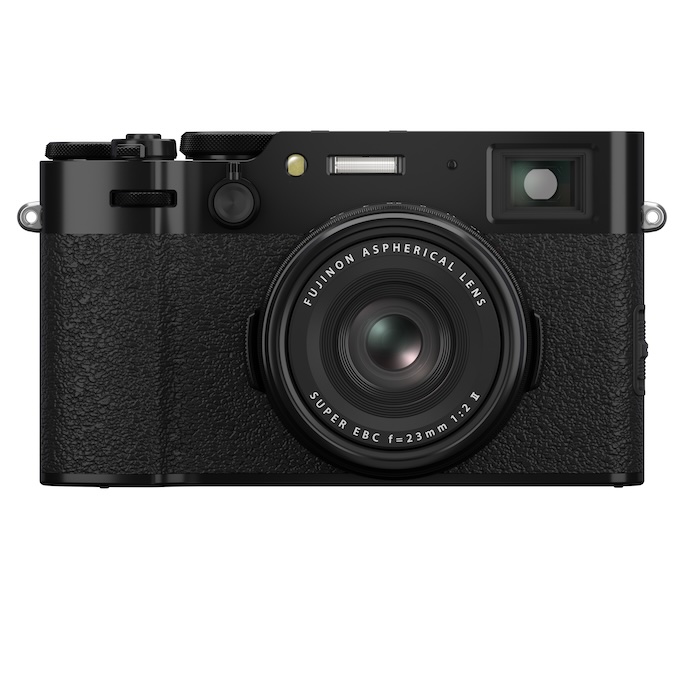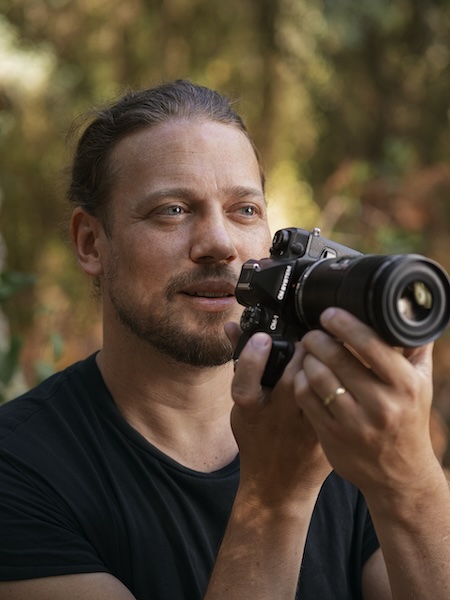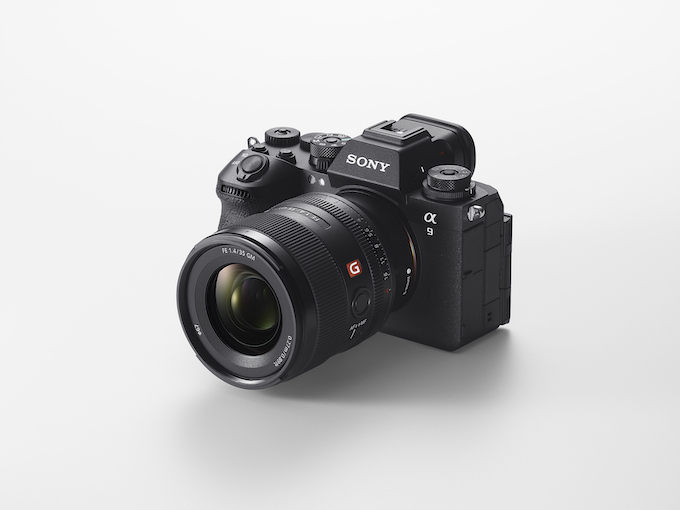Cameras
Nikon Z8 Revealed!
May 10, 2023
Rumors swirled as Nikon posted a tantalizing teaser and enthusiasts formed a dedicated Facebook group prior to this morning’s reveal of the Nikon Z8. Positioned—at least in body size and price—between the Z7 and the flagship Z9, the new model has most of the same specs and performance as its higher end sibling for about $1,500 less ($4,000 vs. $5,500). Is this a mini-me of the Z9? Or is it a faster, updated mirrorless version of the D850? Maybe a little bit of both, but given its almost identical specs, we’ll go with the former, for now.
[Read: Two Nikon Z-Series FX Prime Lenses]
One of the first things you’ll notice is that the Nikon Z8 is smaller than both the Z9 and the D850. At 5.7 x 4.7 x 3.3 inches, the Z8 cuts the camera’s size about 30% compared to the Z9 and 15% compared to the D850. As anyone who has lugged around a large camera knows, this is a significant reduction in size.
Like the Z9, the Z8 is built around a 45-megapixel stacked CMOS sensor with a wide range of AF modes and subject detection subjects, including a new dedicated airplane option. Shooting speeds are the same at 20fps for RAW files (up to 120fps in JPEG only) with pre-release capture. HEIF is now available in the Z8, and both offer 5-axis sensor shift vibration reduction. And the list goes on and on, but given so many identical specs, we can expect the same excellent image quality and overall performance from the Z8.

Similarities continue on the video side as well, with the ability to capture footage in N-RAW, ProRes RAW HQ and ProRes 422 HQ, among others. With the Nikon Z8, videographers are now able to capture up to 90 minutes of footage in 8K UHD (4K UHD remains limited to 2 hours and 5 minutes, which is still very respectable). And video can be recorded internally to the Z8’s dual card slots. While the Z9 is equipped with dual CFexpress Type B slots, the Z8 uses one CFexpress Type B/XQD and one SD card. Videographers might long for the Z9’s dual CFexpress cards though.
The Nikon Z8’s USB-C ports are a welcome addition for communication and especially for power support. But, not surprisingly due to the Z8’s size, the battery is smaller (EN-EL15 series vs. the EN-EL18 series). You’ll get fewer shots per charge, of course, but it’s worth the trade-off for a more compact body. And you’re likely to far exceed any CIPA ratings of the battery.
Nikon has posted a launch video and will be sharing user experiences online at www.nikonusa.com. Check out the videos as well as the rest of the Z8’s specs. I’m already checking my bank account for when the Nikon Z8 is available on May 25 (you can pre-order now).




